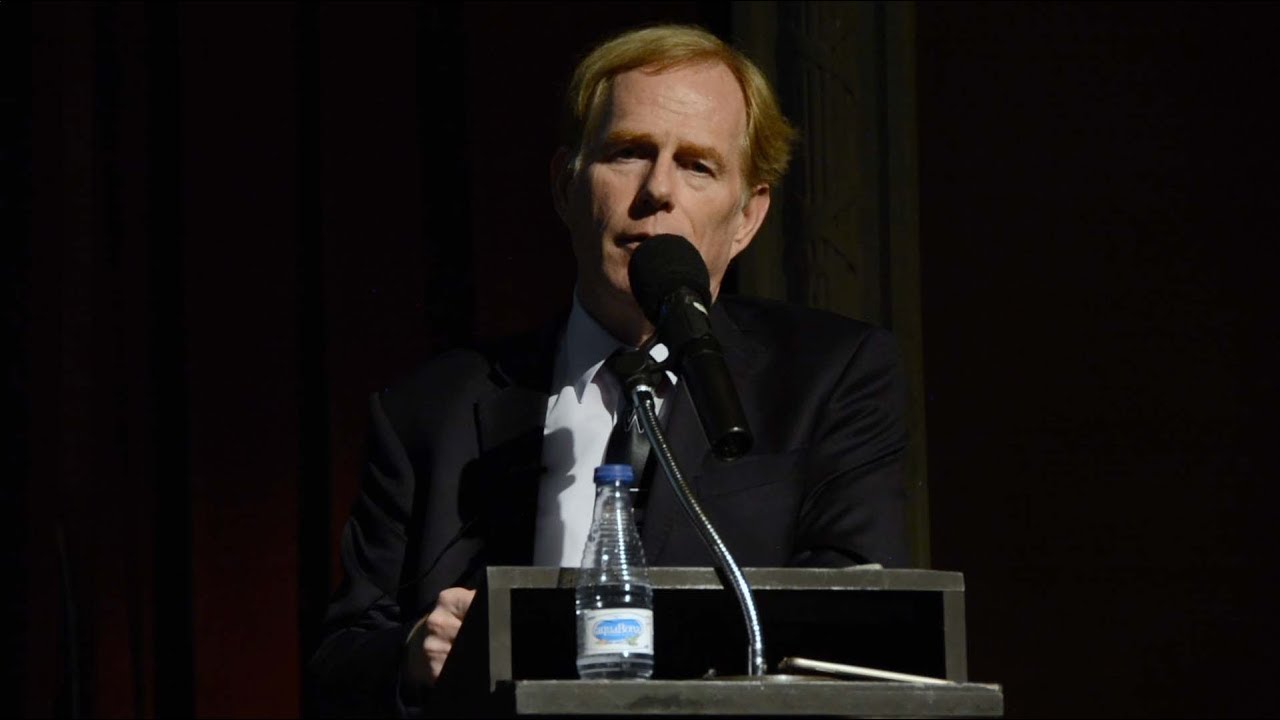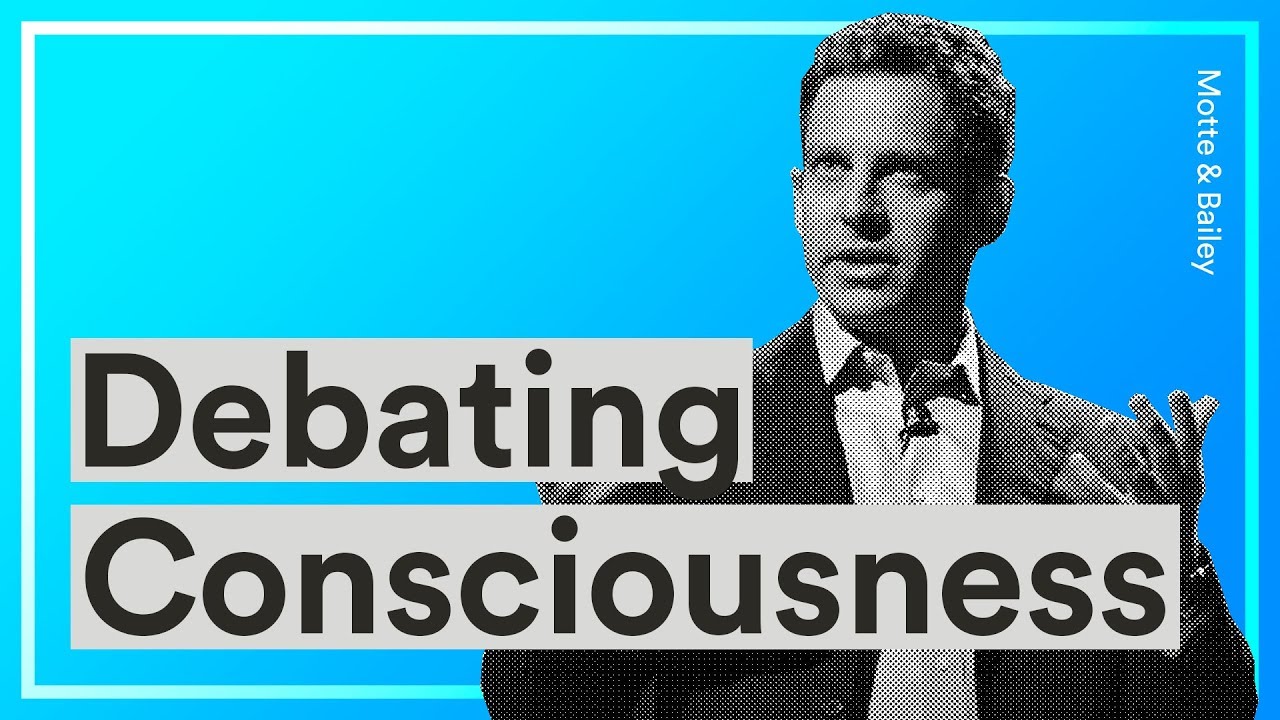TDF
It’s the greatest story ever told. But did women play a larger role in this epic tale than we’ve been led to believe? Theologians Helen Bond and Joan Taylor believe so. In the provocative documentary Jesus’ Female Disciples: The New Evidence, they travel from Rome to Israel to uncover the scope of female involvement in the saga of Jesus. What they find could reshape the history and practice of Christianity.
Women play bit roles in the widely accepted history of Jesus. They are not represented among the twelve disciples. They are often portrayed as prostitutes or unassertive onlookers. The most pronounced religious iconography rarely captures them as equals in strength and size to their male counterparts.
In a warehouse outside of Jerusalem, the researchers first attempt to piece together physical evidence that speaks to the existence of Mary Magdalene, one of the key devoted followers of Jesus who was also the first to witness His resurrection. Where did she come from? Did she have a greater significance to the story of Jesus than the Gospels indicate?
In northern Israel, they search for traces of Joanna, the wife of the steward to Herod who is vaguely portrayed as a crucial disciple in the Gospel of Luke. She was a wealthy woman who lived among the critics of Jesus. So, how did she become one of his most devoted followers?
The hosts also visit ancient catacombs where recent renovations have unearthed a series of wall paintings that could further redefine history.
Bond and Taylor are extremely appealing, good-natured and inquisitive hosts. They are respectful to the teachings of Jesus, even as they are eager to deepen the truths behind the official accounts of his life. Through every stop along their path, they probe deep beneath various passages of the Gospel to find evidence that women played as important a role as men in the founding of Christianity.
At its most basic level, Jesus’ Female Disciples: The New Evidence is a riveting detective story which unfolds across a series of exotic and historical locales. From a wider perspective, their findings challenge our understanding of an ideology that has captivated billions for centuries.




